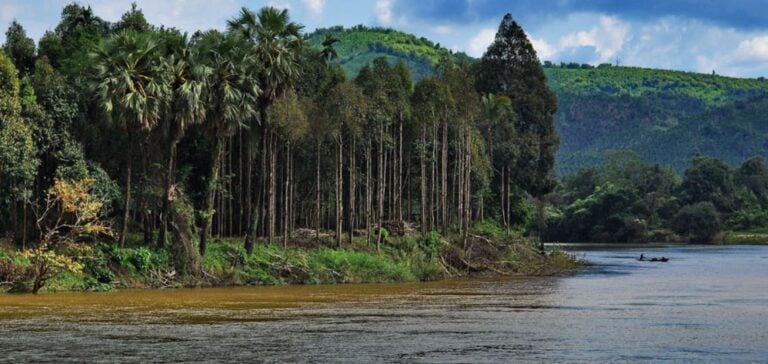The Burmese military junta recently announced the resumption of the 6,000-megawatt hydroelectric dam project in Kachin State. This project, initially suspended in 2011, had been the subject of strong protests due to fears of major environmental and social damage. The junta has formed a new eleven-member leadership group, including the deputy minister of electricity, to oversee the research, technical solutions and public relations needed to relaunch this colossal project. The dam, to be built in cooperation with Yunnan International Power Investment Company, a subsidiary of China’s State Power Investment Corporation (SPIC), is expected to export 90% of its power output to China. This collaboration reaffirms Burma’ s strategic importance within the framework of the New Silk Roads, despite the political complications associated with the coup d’état in 2021.
Environmental and social impacts
Opponents of the project point to major environmental risks. A 2015 study commissioned by the previous junta had highlighted the possibility of significant changes in the flow of the Irrawaddy River, whose basin is home to two-thirds of Burma’s population according to a 2018 WWF report. The potential environmental disaster is a major concern for local communities and environmentalists alike. What’s more, the mega-dam project could exacerbate tensions in an already unstable region. Kachin State and Shan State, neighboring the Chinese province of Yunnan, are conflict zones where armed ethnic minority groups control large swathes of territory. The revival of this project could aggravate ethnic and political conflicts in the region.
Geopolitical and economic issues
The dam project is part of a complex geopolitical dynamic. Burma is a key element in China’s New Silk Roads project, aimed at strengthening transport infrastructure and trade between China and other regions. However, partnerships between the two countries were disrupted by the 2021 coup and internal tensions in Burma. For China, this project represents a strategic opportunity to secure its energy supplies and strengthen its influence in the region. For the Burmese junta, it’s an attempt to revitalize the economy and stabilize the regime through foreign investment. The revival of the dam project by the Burmese junta raises crucial questions about the balance between economic development, environmental protection and political stability. Cooperation with China could bring short-term economic benefits, but environmental and social risks, as well as geopolitical tensions, pose significant challenges. The evolution of this project will be decisive for the future of Burma and the region.






















